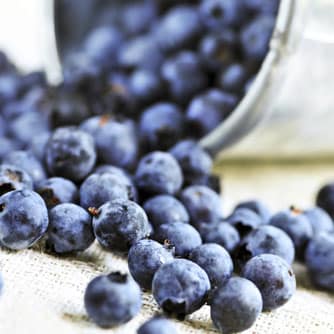Affecting more than 4 million people worldwide, Parkinson’s Disease (PD) is a chronic motor system disorder characterized by tremor, rigidity; bradykinesia (slowness of movement) and postural instability. There presently is no cure, and medications, while offering symptom control, can become less effective over time. Xiang Gao, from Harvard School of Public Health (Massachusetts, USA), and colleagues have studied 49,281 men and 80,336 women, who were followed for up to 22 years, surveying them as to their daily consumption of foods abundant in flavonoids. During the study’s term, 805 people developed Parkinson’s disease. In men, the top 20% who consumed the most flavonoids were about 40% less likely to develop Parkinson’s disease, as compared to the bottom 20% of male participants who consumed the least amount of flavonoids. Specifically, the regular consumption of anthocyanins, which are mainly obtained from berries, were found to be associated with a lower risk of Parkinson’s disease in both men and women.
Berries May Lower Parkinson’s Disease Risks
X. Gao, A. Cassidy, M.A. Schwarzschild, E.B. Rimm, A. Ascherio. ““Habitual intake of dietary flavonoids and risk of Parkinson disease.” Presented at American Academy of Neurology 63rd Annual Meeting, 13 Feb. 2011.
RELATED ARTICLES




